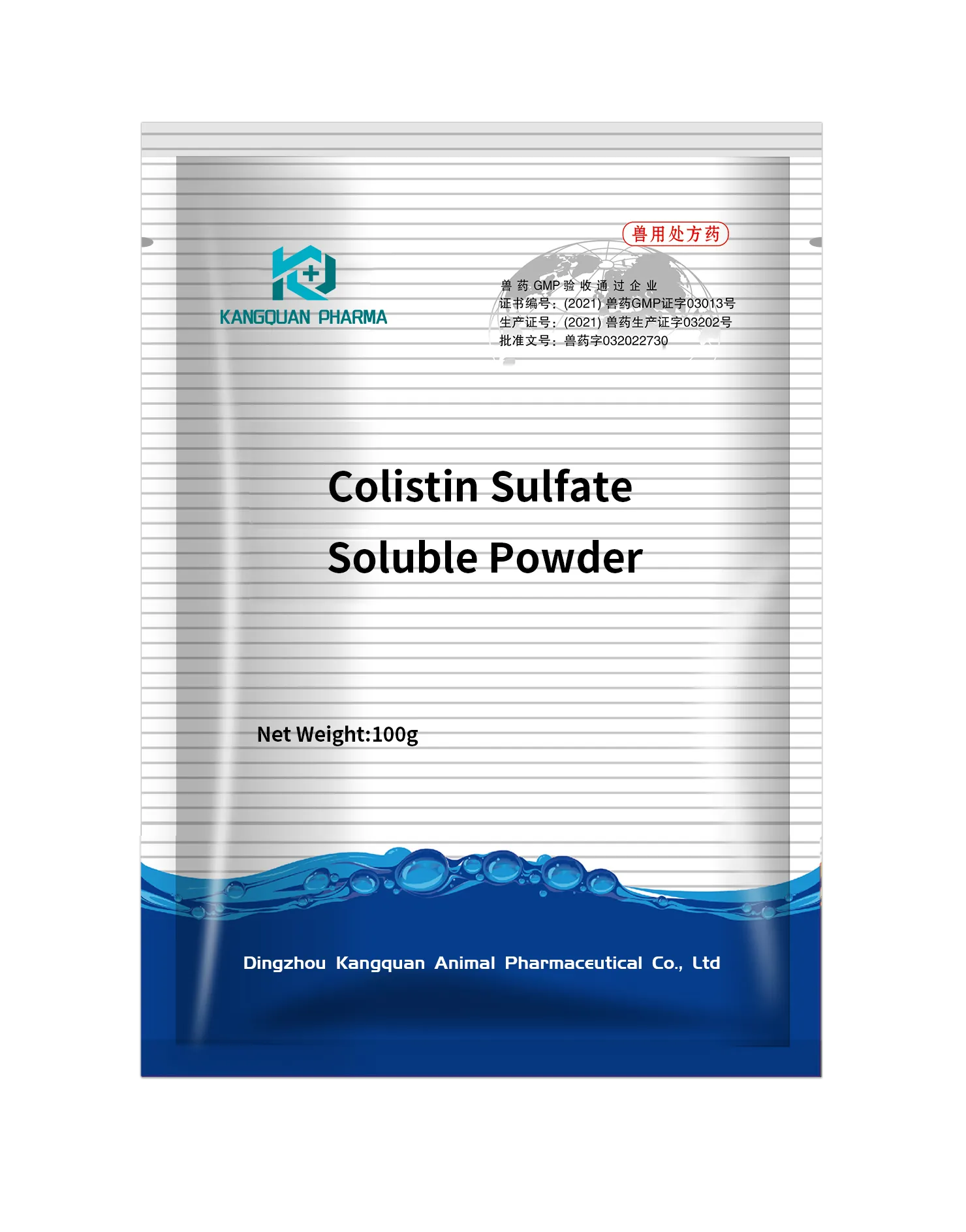- Afrikaans
- Albanian
- Amharic
- Arabic
- Armenian
- Azerbaijani
- Basque
- Belarusian
- Bengali
- Bosnian
- Bulgarian
- Catalan
- Cebuano
- Corsican
- Croatian
- Czech
- Danish
- Dutch
- English
- Esperanto
- Estonian
- Finnish
- French
- Frisian
- Galician
- Georgian
- German
- Greek
- Gujarati
- Haitian Creole
- hausa
- hawaiian
- Hebrew
- Hindi
- Miao
- Hungarian
- Icelandic
- igbo
- Indonesian
- irish
- Italian
- Japanese
- Javanese
- Kannada
- kazakh
- Khmer
- Rwandese
- Korean
- Kurdish
- Kyrgyz
- Lao
- Latin
- Latvian
- Lithuanian
- Luxembourgish
- Macedonian
- Malgashi
- Malay
- Malayalam
- Maltese
- Maori
- Marathi
- Mongolian
- Myanmar
- Nepali
- Norwegian
- Norwegian
- Occitan
- Pashto
- Persian
- Polish
- Portuguese
- Punjabi
- Romanian
- Russian
- Samoan
- Scottish Gaelic
- Serbian
- Sesotho
- Shona
- Sindhi
- Sinhala
- Slovak
- Slovenian
- Somali
- Spanish
- Sundanese
- Swahili
- Swedish
- Tagalog
- Tajik
- Tamil
- Tatar
- Telugu
- Thai
- Turkish
- Turkmen
- Ukrainian
- Urdu
- Uighur
- Uzbek
- Vietnamese
- Welsh
- Bantu
- Yiddish
- Yoruba
- Zulu
10 月 . 15, 2024 13:57 Back to list
Emerging Trends in Antifungal Medications for Veterinary Medicine and Animal Health
Veterinary Antifungal Drugs An Overview
Fungal infections in animals can pose significant health risks, leading to discomfort, compromised immune function, and even mortality. As a result, the use of antifungal drugs in veterinary medicine has become increasingly important. This article explores the types of antifungal medications used in veterinary practices, their mechanisms of action, common fungal infections treated, and considerations for use.
Fungal infections in animals can affect various body systems, including the skin (dermatomycosis), systemic organs (systemic mycoses), and mucous membranes (oral thrush or candidiasis). Common fungal pathogens in veterinary medicine include *Candida*, *Aspergillus*, *Blastomyces*, *Coccidioides*, and *Cryptococcus*. These infections can occur in a range of species, including dogs, cats, horses, and exotic animals, making effective treatment essential.
Veterinary antifungal drugs can be categorized into several classes based on their mechanism of action
. The most frequently used antifungal agents include1. Azoles This class of antifungals, which includes drugs like ketoconazole, itraconazole, and fluconazole, works by inhibiting ergosterol synthesis, an essential component of the fungal cell membrane. Azoles are commonly used for systemic and superficial fungal infections and are often favored because of their broad spectrum of activity.
2. Polyene Antifungals Amphotericin B and nystatin fall under this category. These antifungals bind to ergosterol in the fungal cell membrane, leading to cell death. Amphotericin B is often reserved for severe systemic infections due to its potential for toxicity, while nystatin is typically used for superficial infections.
veterinary antifungal drugs

3. Echinocandins This newer class of antifungals, including caspofungin and micafungin, disrupts the synthesis of glucan in the fungal cell wall, leading to cell lysis. They are primarily used for severe and resistant fungal infections, particularly in immunocompromised animals.
4. Allylamines Drugs such as terbinafine fall into this category and are mainly used for dermatophyte infections, particularly ringworm. They inhibit the enzyme squalene epoxidase, leading to a decrease in ergosterol and ultimately fungal cell death.
The choice of antifungal drug often depends on the species of the animal, the type of fungal infection, and other health considerations. For instance, cats can be particularly sensitive to certain medications, such as azoles, and may require careful dosing and monitoring.
Veterinary practitioners must also consider several factors before administering antifungal therapy, including potential side effects and drug interactions. Common side effects of antifungal medications may include gastrointestinal disturbances, liver enzyme elevations, and, in some cases, more severe reactions such as anaphylaxis. Therefore, routine monitoring is essential during treatment, especially for those on prolonged courses of medication.
In conclusion, antifungal drugs are a critical component of veterinary medicine, providing essential treatments for various fungal infections that can affect animals. As our understanding of fungi and their interactions with host organisms continues to evolve, so too will the development of newer antifungal agents and better treatment protocols. Being informed about available antifungal therapies and their appropriate use will ultimately improve animal health outcomes and enhance the overall quality of veterinary care.
-
The Power of Radix Isatidis Extract for Your Health and Wellness
NewsOct.29,2024
-
Neomycin Sulfate Soluble Powder: A Versatile Solution for Pet Health
NewsOct.29,2024
-
Lincomycin Hydrochloride Soluble Powder – The Essential Solution
NewsOct.29,2024
-
Garamycin Gentamicin Sulfate for Effective Infection Control
NewsOct.29,2024
-
Doxycycline Hyclate Soluble Powder: Your Antibiotic Needs
NewsOct.29,2024
-
Tilmicosin Premix: The Ultimate Solution for Poultry Health
NewsOct.29,2024













